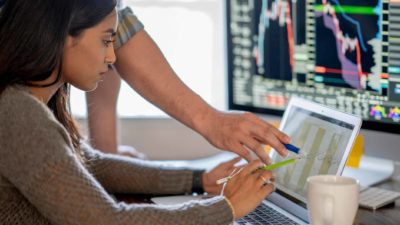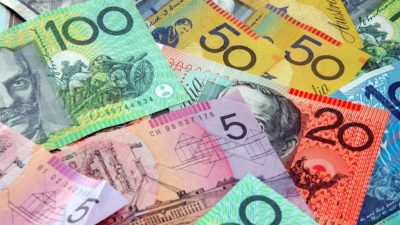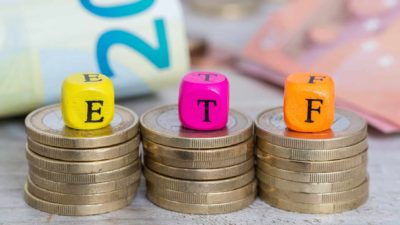Last year was a crazy one for S&P/ASX 200 Index (ASX: XJO) shares. The index slumped 7% over the 12 months ended Friday despite soaring energy and mining shares.
Meanwhile, stocks in other sectors – like retail and tech – suffered. The S&P/ASX 200 Consumer Discretionary Index (ASX: XDJ) tumbled 24% last year while the S&P/ASX 200 Information Technology Index (ASX: XIJ) plunged 36%.
But I think the downturn may have provided an opportunity to build passive income. Here's how I would invest $5,000 in ASX 200 dividend stocks if I were aiming for a second income stream.
Is now a good time to buy ASX 200 shares for dividend income?
Inflation, interest rate hikes, and major global events boosted some ASX 200 shares in 2022 while dragging others lower.
Fortunately, the market's long-term performance may sow hope in the hearts of investors. The ASX 200 has historically always returned to and surpassed its previous highs following a downturn.
That means many of the market's embattled sectors likely house some bargain shares right now.
And there's a further silver lining for investors hunting a second income. Falling share prices tend to drive dividend yields higher.
Many companies' dividends remained stable through 2022's downturn, thereby potentially letting investors get a slice of the pie for less than they might've otherwise paid.
Thus, I believe now could be a good time to shift through the rubble in search of quality ASX 200 dividend shares trading for cheap prices. By doing so, I believe I could turn $5,000 into a passive income stream through the power of compounding.
Compounding returns
There's no shortage of ASX 200 shares currently trading with dividend yields of around 8% following a disastrous 2022.
They include JB Hi-Fi Limited (ASX: JBH), Nine Entertainment Co Holdings Ltd (ASX: NEC), and Fletcher Building Limited (ASX: FBU), to name a few.
An 8% dividend yield would see a $5,000 investment returning $400 over the next 12 months.
That's not exactly life-changing. However, I would aim to compound my dividends by reinvesting them in ASX 200 shares.
By doing so, and assuming my yield stays the same, I could turn my initial investment into $10,795 in 10 years' time. At that point, it would be capable of paying out around $864 each year.
But the true magic comes later. In 30 years' time, my figurative $5,000 investment – reinvested time and time again – could be worth $50,313. That, with an 8% yield, could return $4,025 annually.
And that's without considering share price growth or a consistent investment strategy.
Choosing wisely
The ultimate challenge I face in putting my strategy to work is to identify oversold buys in the current environment.
While a high dividend yield might herald an oversold stock, it might also suggest a company isn't spending its cash wisely, making its offerings unsustainable.
Thus, I would pay particular attention to a company's cash flow and balance sheet to help determine if it's a buy right now.









